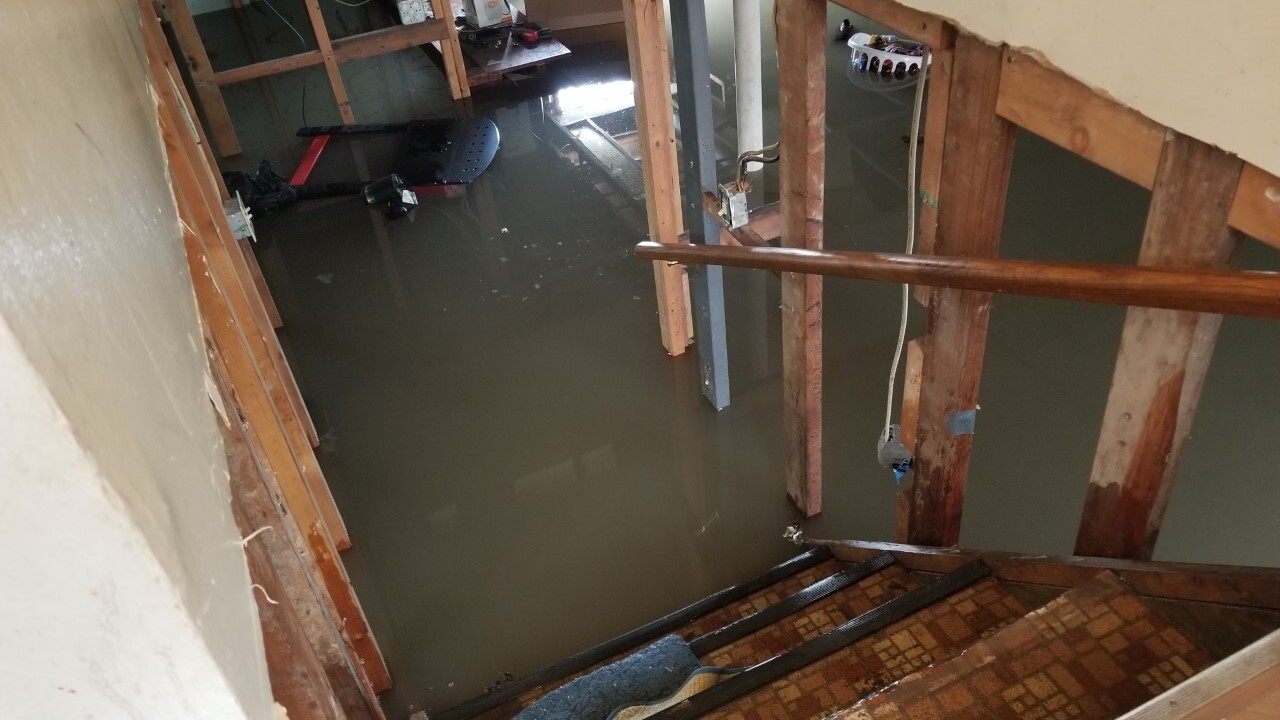

Articles
Basement Is Flooded What Do I Do
Modified: August 28, 2024
If your basement is flooded, don't panic. Read our articles for expert advice on what steps to take to mitigate the damage and safely clean up the mess.
(Many of the links in this article redirect to a specific reviewed product. Your purchase of these products through affiliate links helps to generate commission for Storables.com, at no extra cost. Learn more)
Introduction
Discovering that your basement is flooded can be a distressing experience. Whether it’s due to heavy rainfall, a burst pipe, or a faulty sump pump, a flooded basement can cause extensive damage to your home and possessions if not addressed promptly. In this article, we will guide you through the necessary steps to take when your basement is flooded, helping you minimize damage and restore your space back to its pre-flood condition.
When facing a flooded basement, it’s essential to approach the situation with caution and prioritize safety. Standing water can pose electrical hazards and increase the risk of mold growth, so it’s crucial to take immediate action. Read on to discover the key steps to navigate the aftermath of a flooded basement effectively.
Key Takeaways:
- Act quickly when facing a flooded basement to minimize damage. Prioritize safety, stop the source of flooding, remove standing water, and protect belongings. Professional help may be necessary for deep water, structural damage, mold, or electrical issues.
- Prevent future basement floods by addressing leaks, installing a sump pump, maintaining drainage, insulating pipes, and considering waterproofing. Thoroughly clean and dry the area to prevent mold growth. Seek professional help for significant structural damage.
Read more: Why Does My Basement Flood
Assessing the Situation
Before jumping into action, it’s essential to assess the situation and determine the extent of the damage. Begin by safely entering the flooded basement wearing protective gear such as rubber boots, gloves, and even a mask to guard against potential contaminants in the water.
Take a careful look around the basement and inspect the water level. Note any potential hazards or visible damage, such as cracks in the walls or foundation. Pay attention to the color and odor of the water, as it can indicate the presence of sewage or other harmful substances.
If the water level is shallow (less than ankle-deep) and the flooding appears to be minimal, you may be able to address the issue yourself. However, if the water level is high or there is significant damage, it’s best to seek professional help to ensure your safety and prevent further damage to your home.
Take photos or videos of the flooded area for insurance purposes. This documentation will be helpful when filing a claim and can serve as evidence of the damage caused by the flooding.
Once you have assessed the situation and determined the severity of the flooding, you can proceed with the necessary steps to mitigate the damage.
Taking Immediate Action
When faced with a flooded basement, it’s crucial to take immediate action to minimize the damage and prevent additional problems from arising. Follow these steps to address the situation promptly:
- Ensure your safety: Turn off the electricity in the affected area to avoid electrical shock. If you can’t safely access the electrical panel, contact a professional electrician for assistance.
- Stop the source of the flooding: If the flood is caused by a burst pipe or a faulty appliance, shut off the water supply to the affected area. If the flooding is due to heavy rainfall, focus on diverting water away from your basement. Clear any debris that may be blocking drainage systems and consider using sandbags or temporary barriers to redirect water flow.
- Remove standing water: Use a wet/dry vacuum or a submersible pump to remove the standing water from your basement. Be sure to follow the manufacturer’s instructions and take appropriate safety precautions.
- Protect your belongings: If possible, move furniture, electronics, and other valuables to a dry area to prevent further damage. Consider placing them on elevated surfaces or using plastic sheets or tarps to protect them from residual moisture.
- Open windows and create airflow: Improve ventilation by opening windows and using fans or dehumidifiers to help dry out the area. This will aid in preventing mold growth and reducing excessive moisture.
By taking these immediate actions, you can start mitigating the damage caused by the flooding and create a safer environment in your basement.
Calling for Professional Help
While you can take some initial steps to address a flooded basement on your own, it’s crucial to recognize when it’s time to call for professional assistance. Professional water damage restoration experts have the knowledge, experience, and specialized equipment to effectively mitigate water damage and restore your basement.
Here are some situations where it’s recommended to seek professional help:
- Deep and contaminated water: If the water in your basement is more than ankle-deep or contains hazardous materials like sewage, it’s best to leave the cleanup to professionals. They have the proper protective gear and equipment to handle such situations safely.
- Structural damage: If the flooding has caused significant structural damage to your basement, including cracks in the walls or foundation, it’s essential to consult with professionals who can assess the situation and recommend the necessary repairs.
- Mold growth: If you notice the presence of mold in your flooded basement, it’s crucial to call for professional help. Mold can spread quickly and pose serious health risks. Professionals can safely remove the mold and take measures to prevent its regrowth.
- Electrical issues: If the flooding has affected the electrical system in your basement, it’s essential to have a licensed electrician assess the situation and make any necessary repairs. Electricity and water can be a dangerous combination, so it’s best to leave this task to professionals.
By calling for professional help, you can ensure the thorough and proper restoration of your flooded basement, minimizing the risk of further damage and maintaining a safe living environment.
If your basement is flooded, the first step is to turn off the electricity to the area to avoid any risk of electric shock. Then, try to identify the source of the flooding and address it if possible. Finally, begin removing water as soon as possible to prevent further damage.
Preventing Further Damage
Once you have addressed the immediate concerns of a flooded basement, it’s crucial to take steps to prevent further damage and protect your home from future incidents. Here are some measures you can take to safeguard your basement:
- Repair any leaks or cracks: Inspect your basement, walls, and foundation for any signs of leakage or cracks. Addressing these issues promptly can prevent water from seeping into your basement during heavy rainfall or from pipes.
- Install a sump pump: A sump pump is a valuable investment that can help prevent flooding by automatically removing excess water from your basement. Ensure that your sump pump is in good working condition and consider installing a battery backup system to ensure its operation during power outages.
- Maintain proper drainage: Ensure that your gutters, downspouts, and drainage systems are clear of debris and functioning properly. Regularly clean your gutters to prevent clogs that can lead to water overflowing and causing basement flooding.
- Elevate appliances and utilities: If your basement houses appliances, such as washing machines, water heaters, or furnaces, consider elevating them on platforms or installing flood-proofing measures to protect them from potential water damage.
- Insulate pipes: Insulate exposed pipes in your basement to prevent them from freezing and bursting during colder months, as this can lead to water damage. Proper insulation can help maintain the integrity of your plumbing system.
- Consider waterproofing: Consult with professionals about waterproofing options for your basement. This can include applying sealants to walls and floors, installing a drainage system, or using specialized waterproofing materials to create a barrier against water infiltration.
By taking these preventative measures, you can significantly reduce the risk of future basement floods and maintain a dry and safe environment in your home.
Read more: How To Stop Your Basement From Flooding
Cleaning and Drying the Basement
Once the initial steps have been taken to address a flooded basement, it’s essential to thoroughly clean and dry the area to prevent further damage and mitigate the risk of mold growth. Follow these steps to clean and dry your basement effectively:
- Remove debris: Begin by clearing any debris that may have been brought in by the floodwaters. This can include dirt, leaves, or small objects. Use a shovel or broom to safely remove the debris.
- Clean surfaces: Use a mild detergent and warm water to clean all surfaces in your basement that were in contact with the floodwater. Scrub the walls, floors, and any affected furniture or belongings. Be sure to wear protective gloves and a mask during the cleaning process.
- Disinfect: After cleaning, disinfect all surfaces to kill any bacteria or pathogens that may be present. Use a mixture of one part bleach to ten parts water or a commercial disinfectant. Thoroughly apply the solution to surfaces and allow it to sit for a few minutes before rinsing with clean water.
- Dry the area: Use fans, dehumidifiers, and open windows to promote airflow and expedite the drying process. Remove any wet carpeting, insulation, or damaged materials that cannot be salvaged. If possible, use a wet/dry vacuum or mop to remove any remaining moisture from the floor.
- Monitor humidity levels: Use a moisture meter or hygrometer to monitor the humidity levels in your basement. Ideally, the humidity should be kept below 50% to prevent mold growth. If the humidity remains high, you may need to continue running fans or dehumidifiers until the basement is completely dry.
It’s important to be thorough in the cleaning and drying process to prevent lingering moisture that could lead to mold or structural damage. If you’re uncertain about any aspect of the cleaning process, consider seeking professional assistance to ensure a proper and thorough cleanup.
Repairing and Restoring the Basement
After addressing the immediate concerns of a flooded basement, it’s time to focus on repairing and restoring the space to its pre-flood condition. Depending on the extent of the damage, you may need professional help or be able to handle the repairs yourself. Here are some key steps to consider:
- Assess the damage: Evaluate the structural integrity of your basement and identify any areas that require repair. This may include damaged walls, flooring, insulation, or electrical systems. Consult with professionals if you’re unsure about the extent of the damage or the appropriate repairs needed.
- Repair structural issues: If your basement has suffered significant structural damage, such as cracks in the walls or foundation, it’s important to hire a professional contractor or structural engineer to assess and repair these issues. They will ensure that the repairs are done correctly and help prevent future problems.
- Replace damaged materials: Remove and replace any materials that were irreparably damaged by the flood, such as drywall, carpeting, or insulation. Be sure to properly dispose of these materials in accordance with local regulations.
- Rebuild and restore: Once the necessary repairs and replacements have been made, focus on restoring your basement to its pre-flood condition. This may involve repainting the walls, installing new flooring, and replacing any damaged fixtures or furniture.
- Take preventive measures: Consider implementing preventative measures to protect your basement from future flooding. This could include installing a sump pump, improving drainage systems, or applying waterproofing solutions to walls and floors.
- Review insurance coverage: Contact your insurance provider to report the flood damage and inquire about coverage for the repairs and restoration. Provide them with the necessary documentation, such as photos or videos taken during the flood, to support your claim.
Remember to take your time with the repairs and restoration process, ensuring that everything is done correctly. If you’re unsure about any aspect of the repairs, it’s best to consult with professionals who can guide you through the process and help you achieve a successful restoration.
Conclusion
Discovering a flooded basement can be a stressful experience, but by taking immediate action, assessing the situation, and following the necessary steps, you can minimize the damage and restore your basement to its pre-flood condition. Remember to prioritize safety by turning off the electricity and taking precautions when entering the flooded area.
When faced with a flooded basement, it’s important to act quickly. Stop the source of the flooding, remove standing water, and protect your belongings from further damage. Taking these immediate steps can make a significant difference in preventing additional problems.
While you can handle some aspects of the cleanup on your own, calling for professional help is crucial in certain situations. Deep and contaminated water, structural damage, mold growth, and electrical issues are some scenarios where professional assistance is recommended.
Preventing further damage to your basement involves addressing leaks, installing a sump pump, maintaining proper drainage, and insulating pipes. Taking these preventive measures can significantly reduce the risk of future flooding.
Cleaning and drying the basement thoroughly is essential in preventing mold growth. Remove debris, clean and disinfect surfaces, and promote airflow to aid in the drying process. Monitor humidity levels and address any lingering moisture promptly.
Repairing and restoring your flooded basement may require professional help, especially if there is significant structural damage or uncertainty about the repairs needed. Replace damaged materials, rebuild and restore the space, and consider implementing preventive measures to safeguard against future incidents.
Remember to review your insurance coverage and document the damage for filing a claim. Contact your insurance provider to determine coverage for the repairs and restoration.
Dealing with a flooded basement can be overwhelming, but by following the steps outlined in this article, you can effectively navigate the situation, minimize damage, and restore your basement to its former state. By taking quick action and enlisting professional help when needed, you can bounce back from a basement flood and create a safe and habitable space once again.
Frequently Asked Questions about Basement Is Flooded What Do I Do
Was this page helpful?
At Storables.com, we guarantee accurate and reliable information. Our content, validated by Expert Board Contributors, is crafted following stringent Editorial Policies. We're committed to providing you with well-researched, expert-backed insights for all your informational needs.
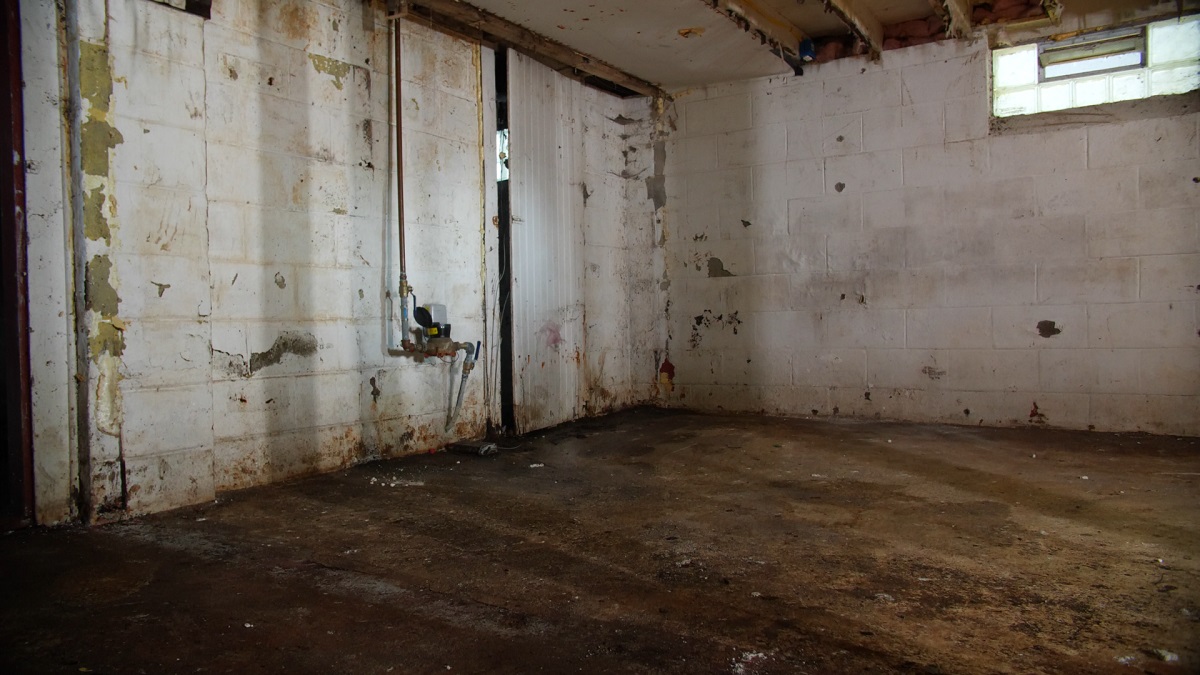


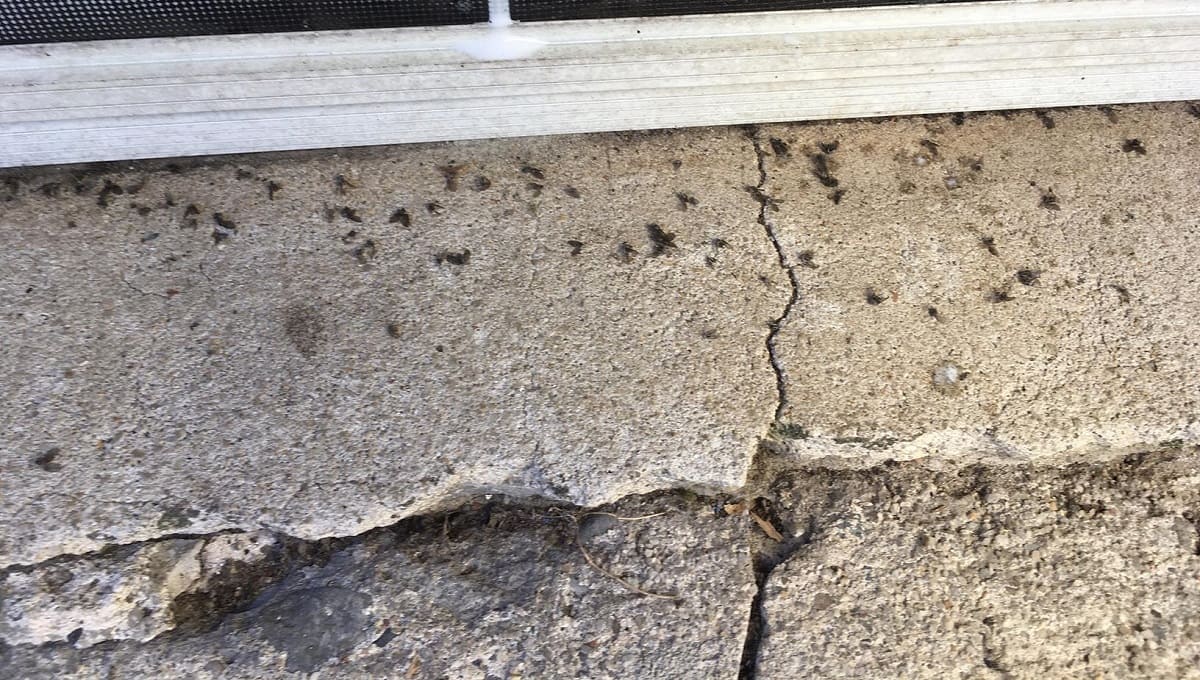
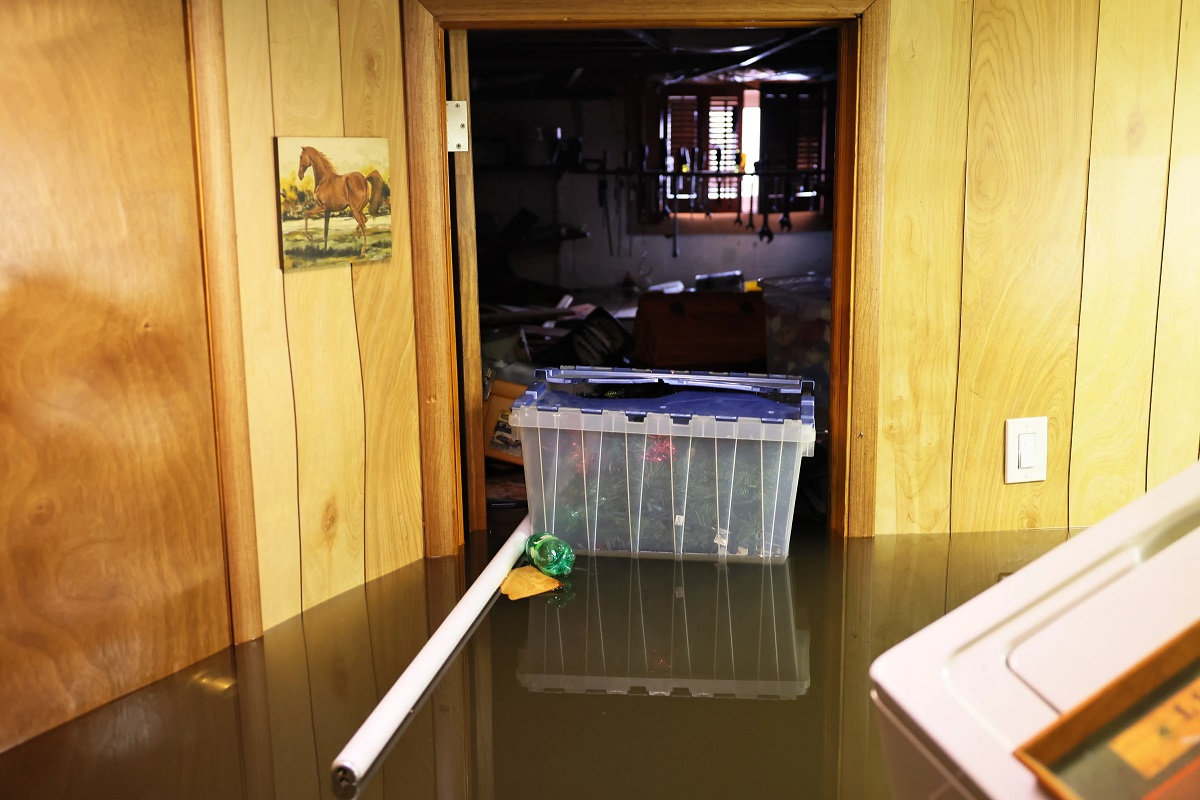
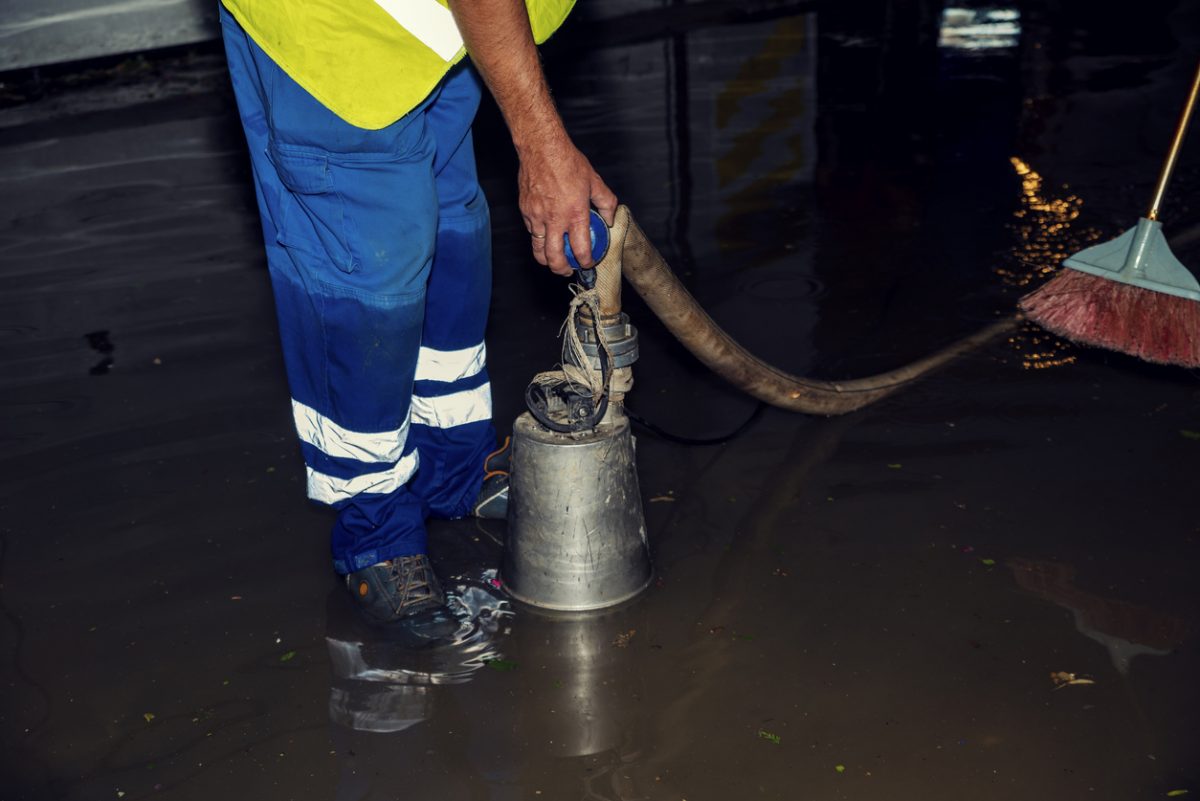
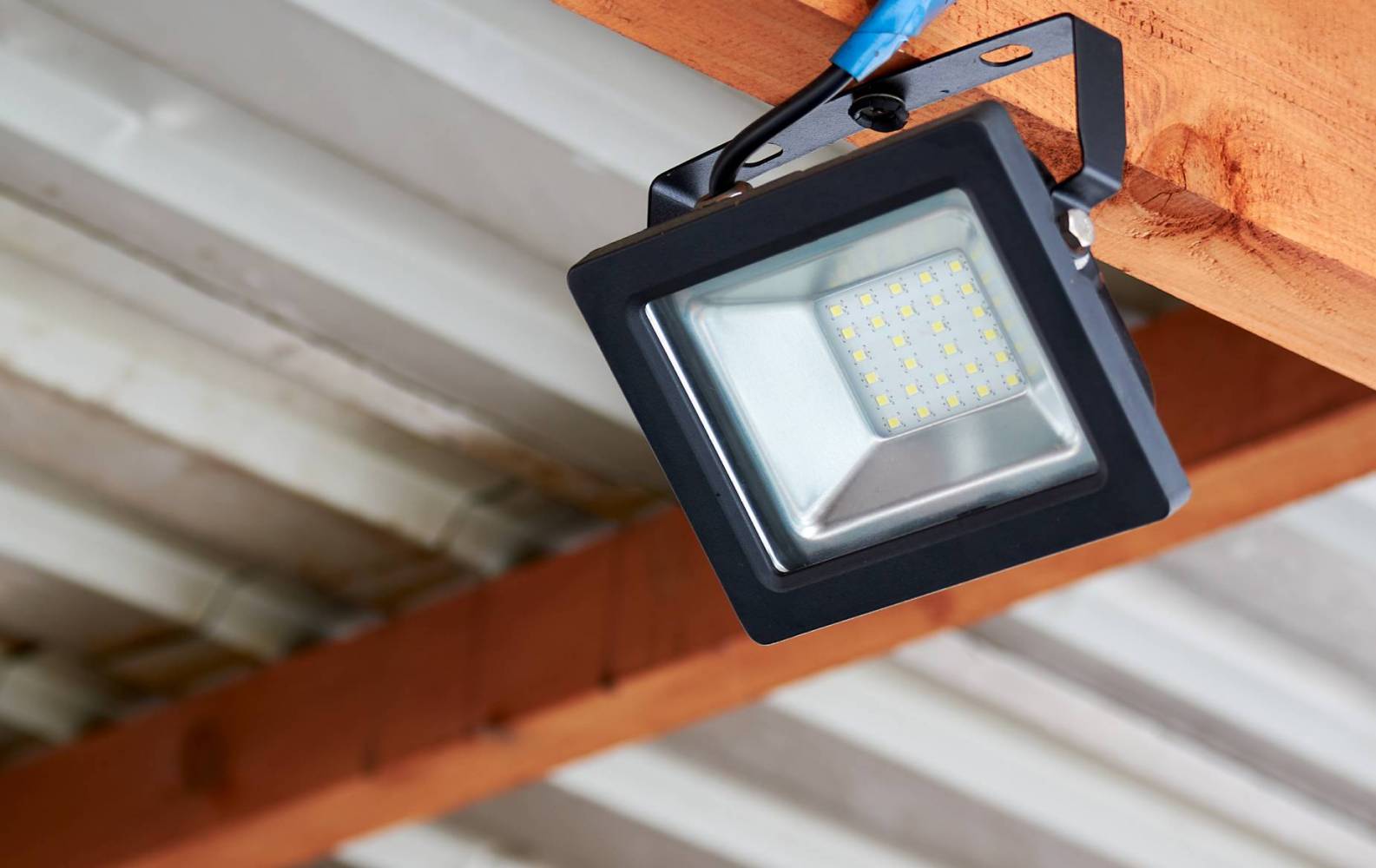

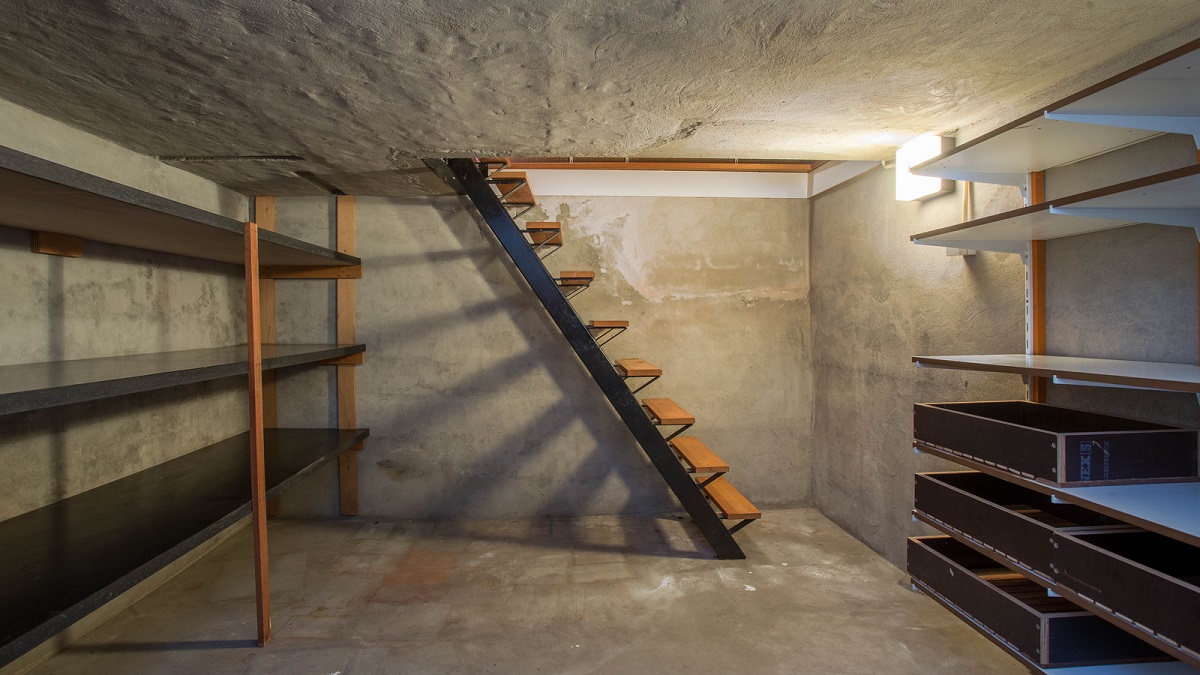
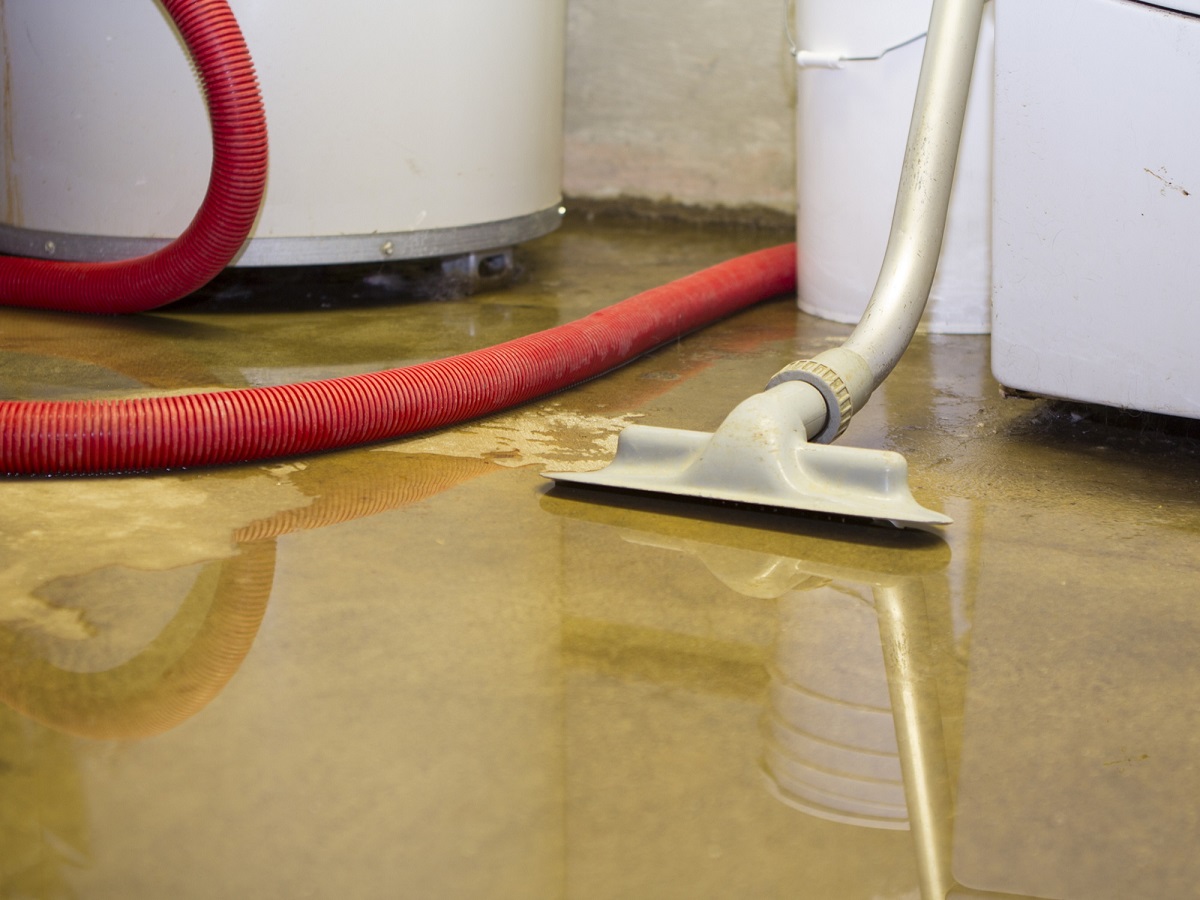
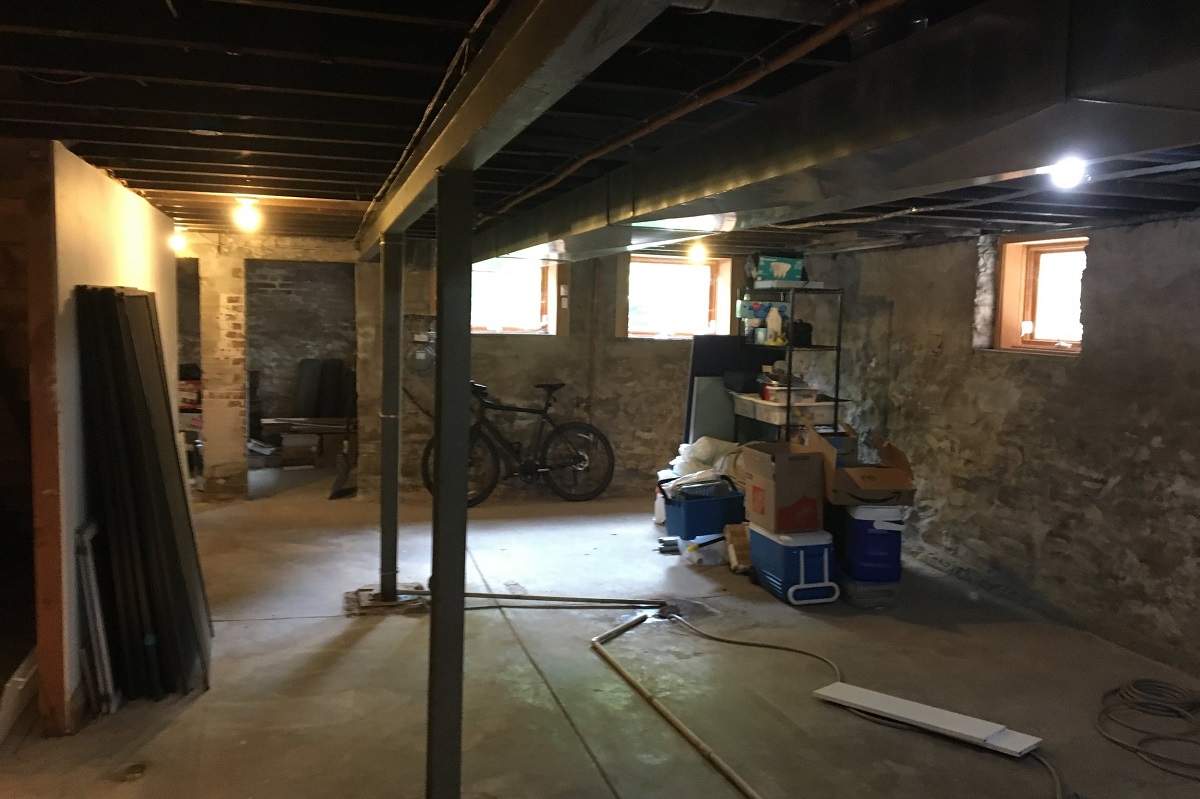


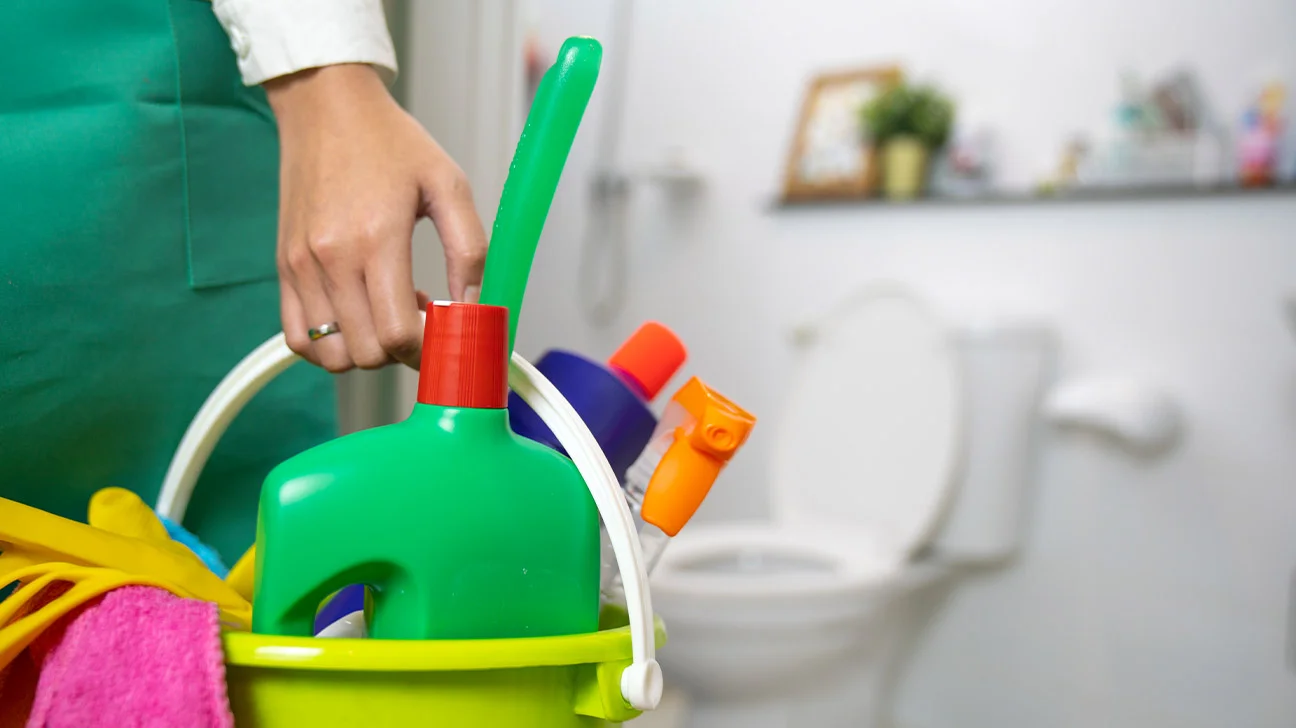

0 thoughts on “Basement Is Flooded What Do I Do”